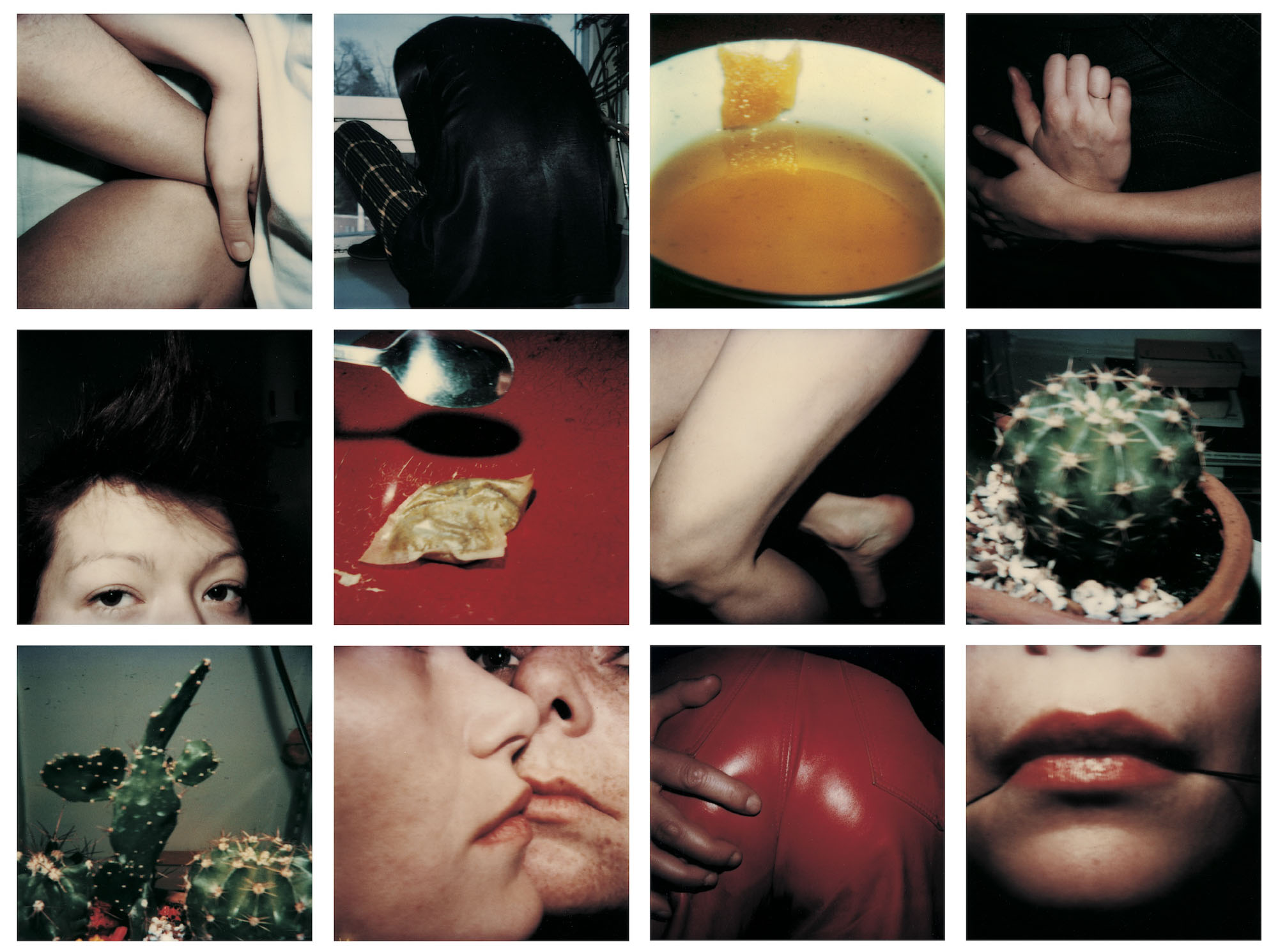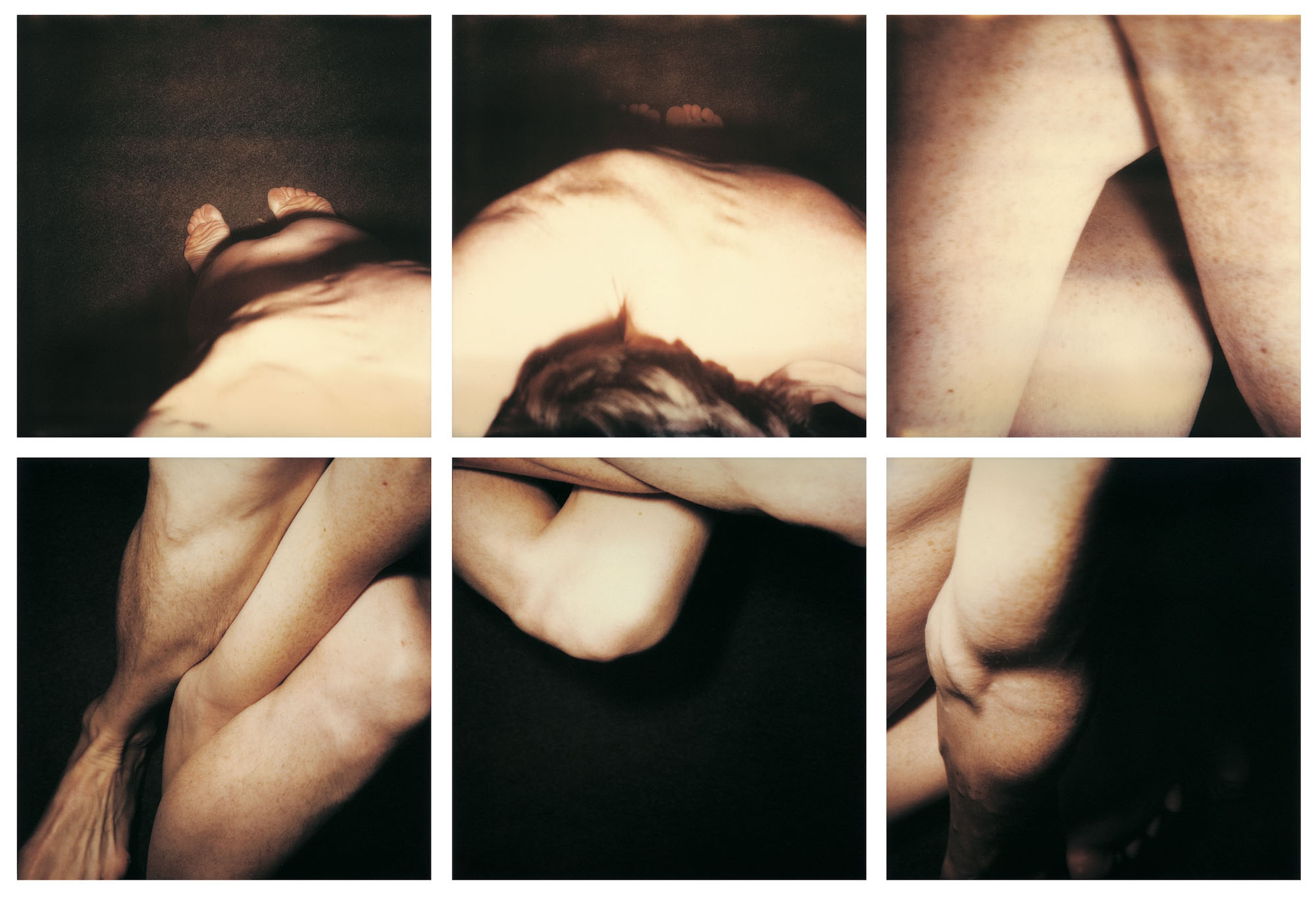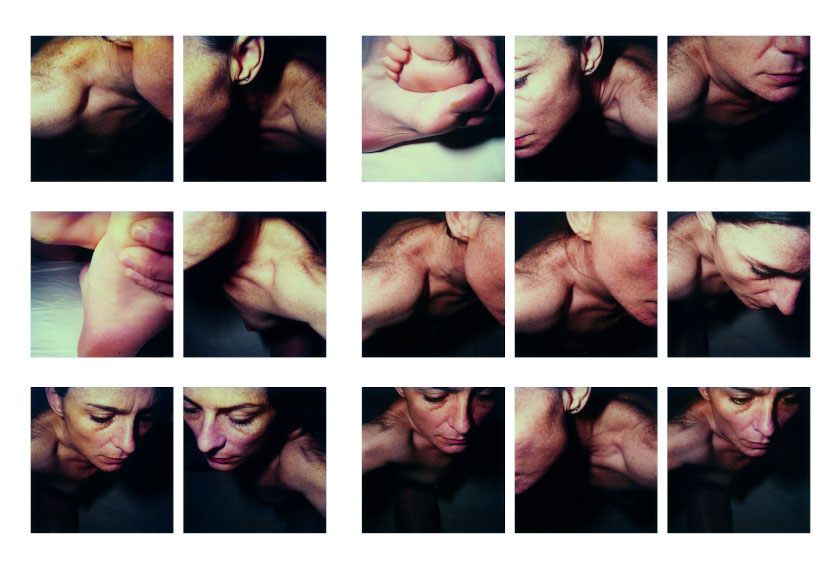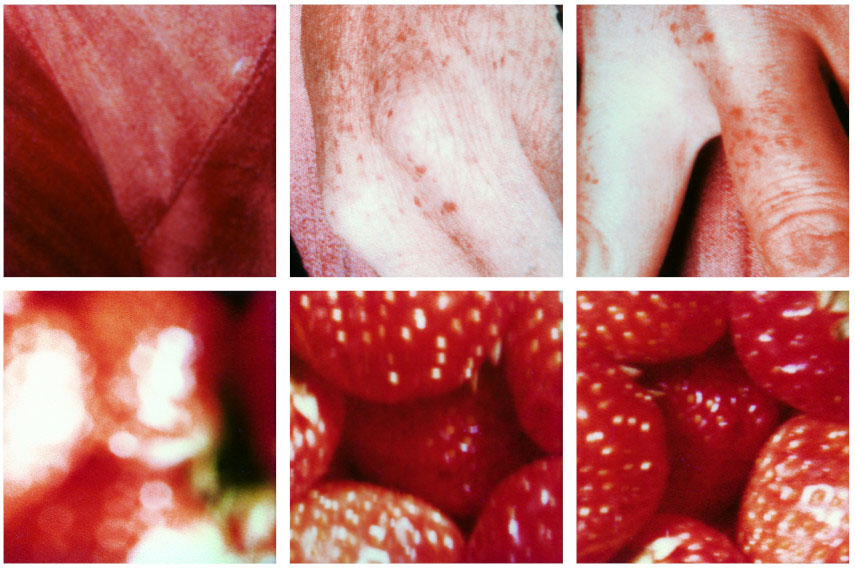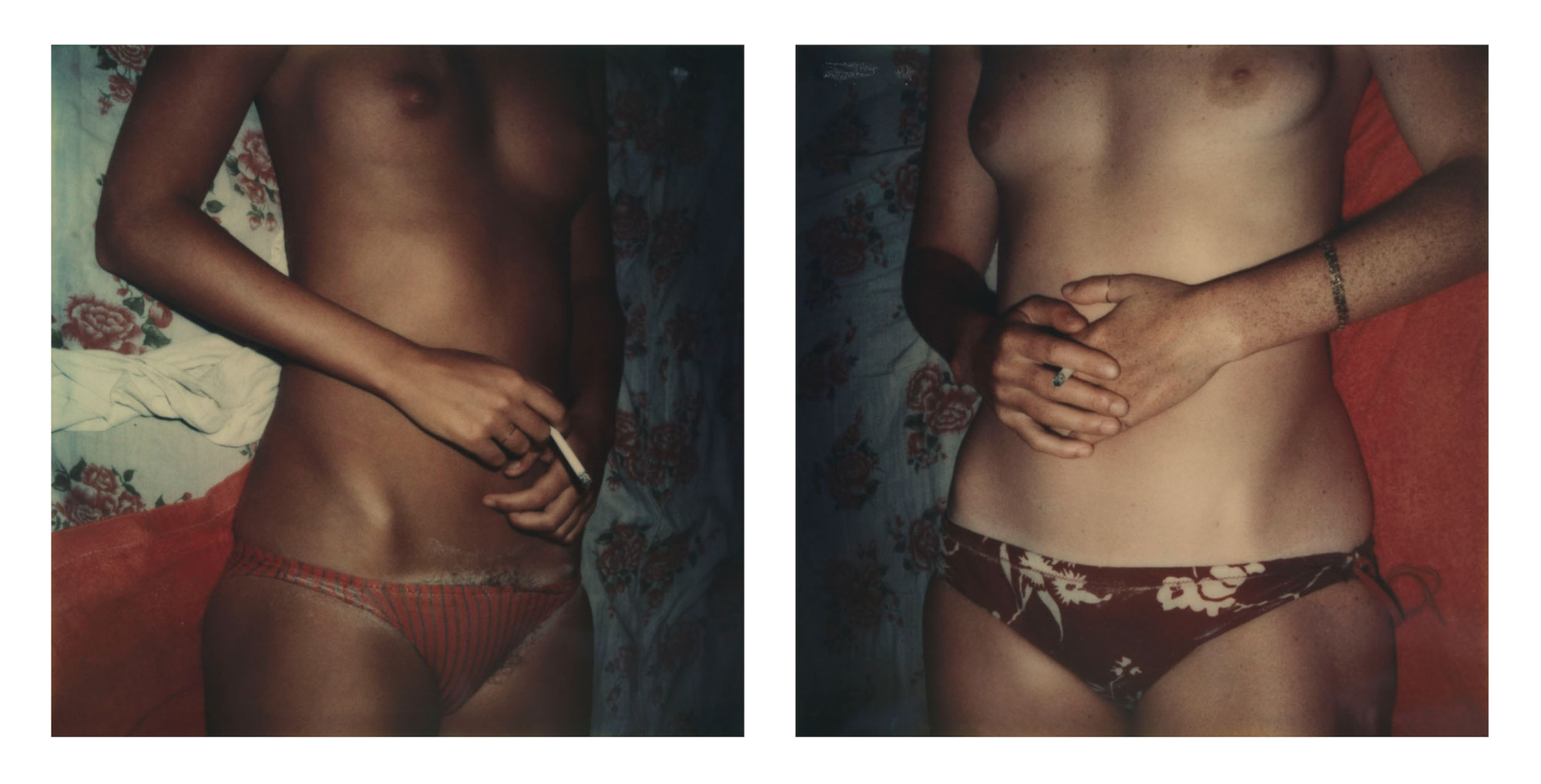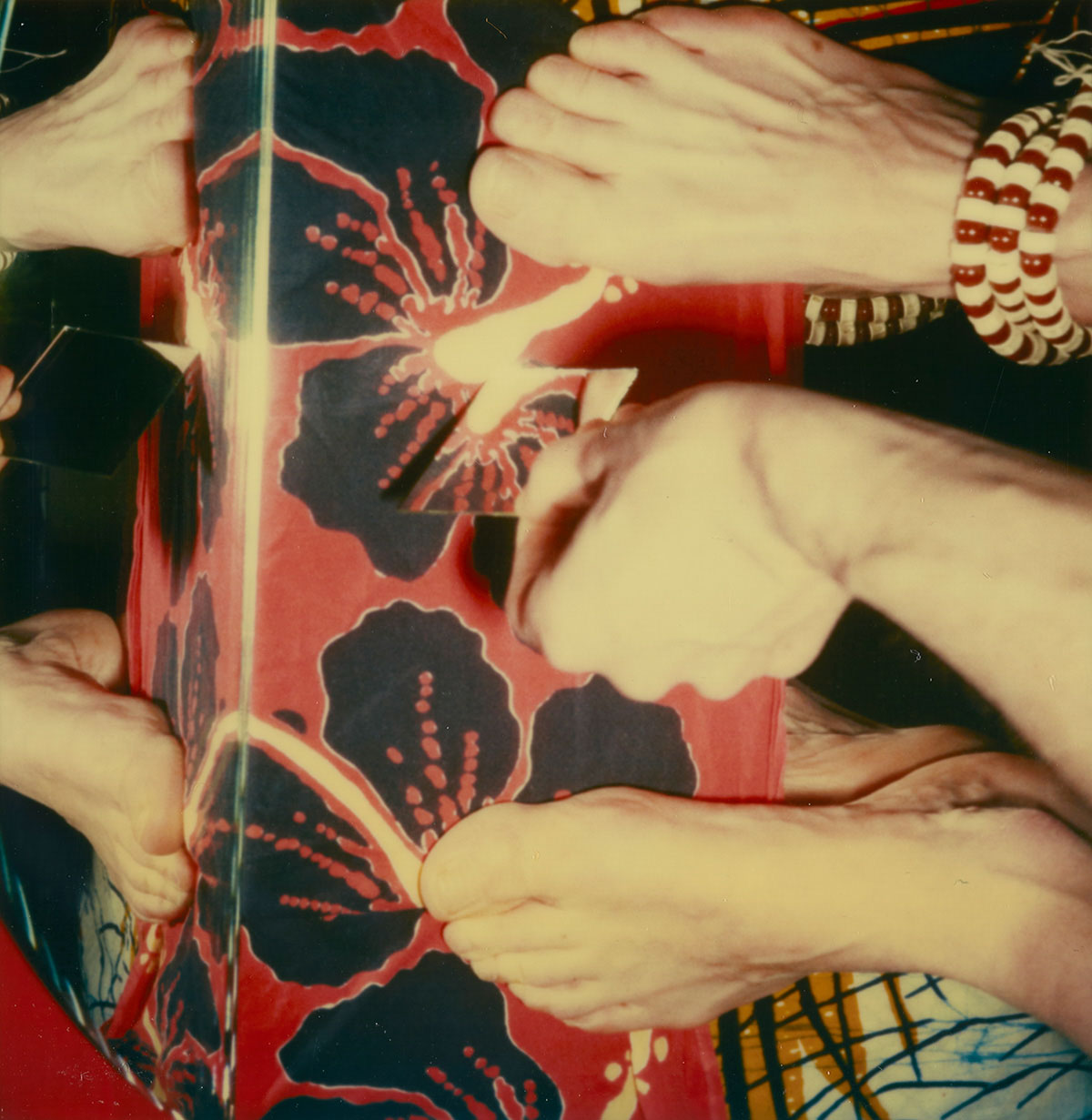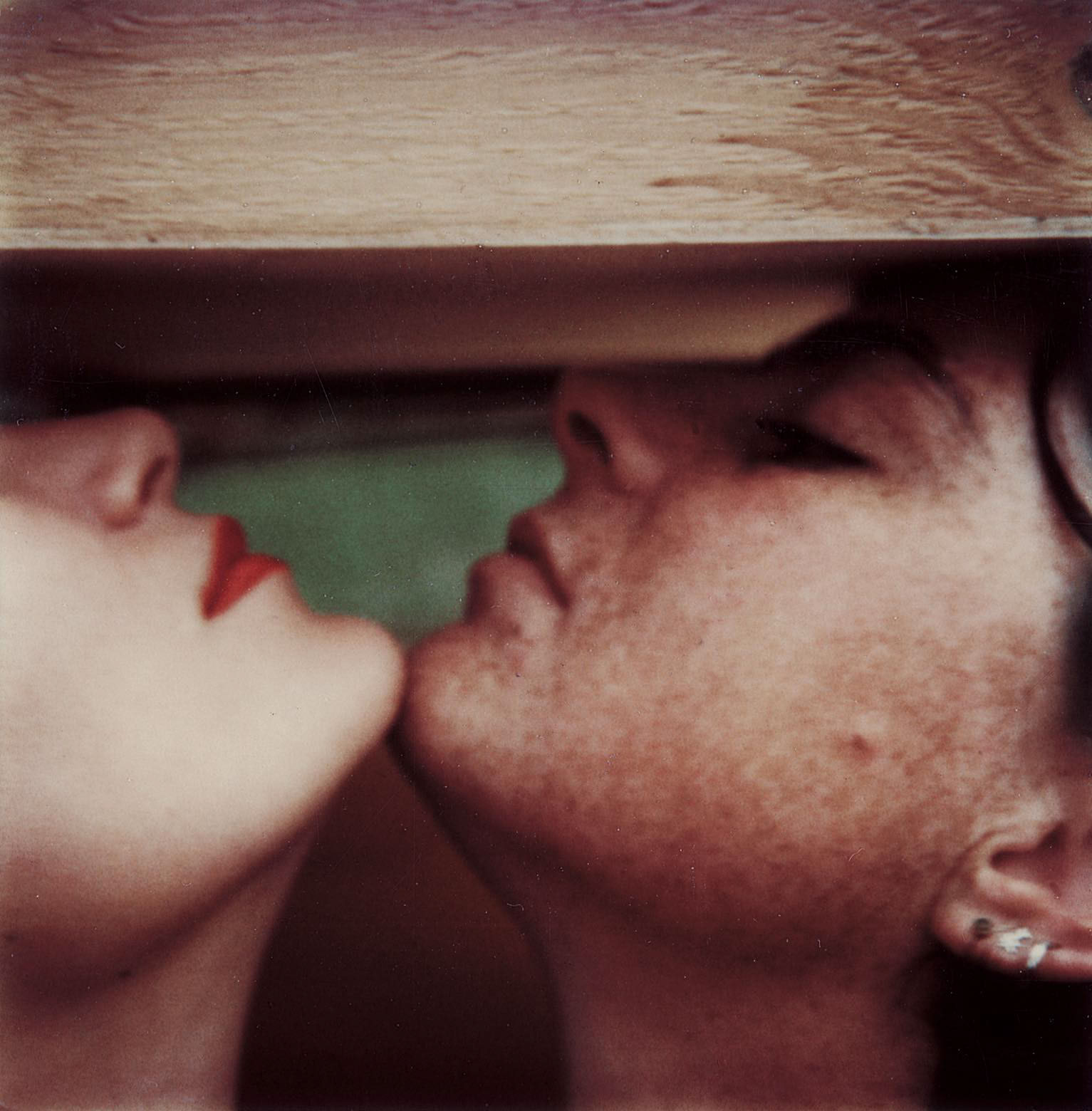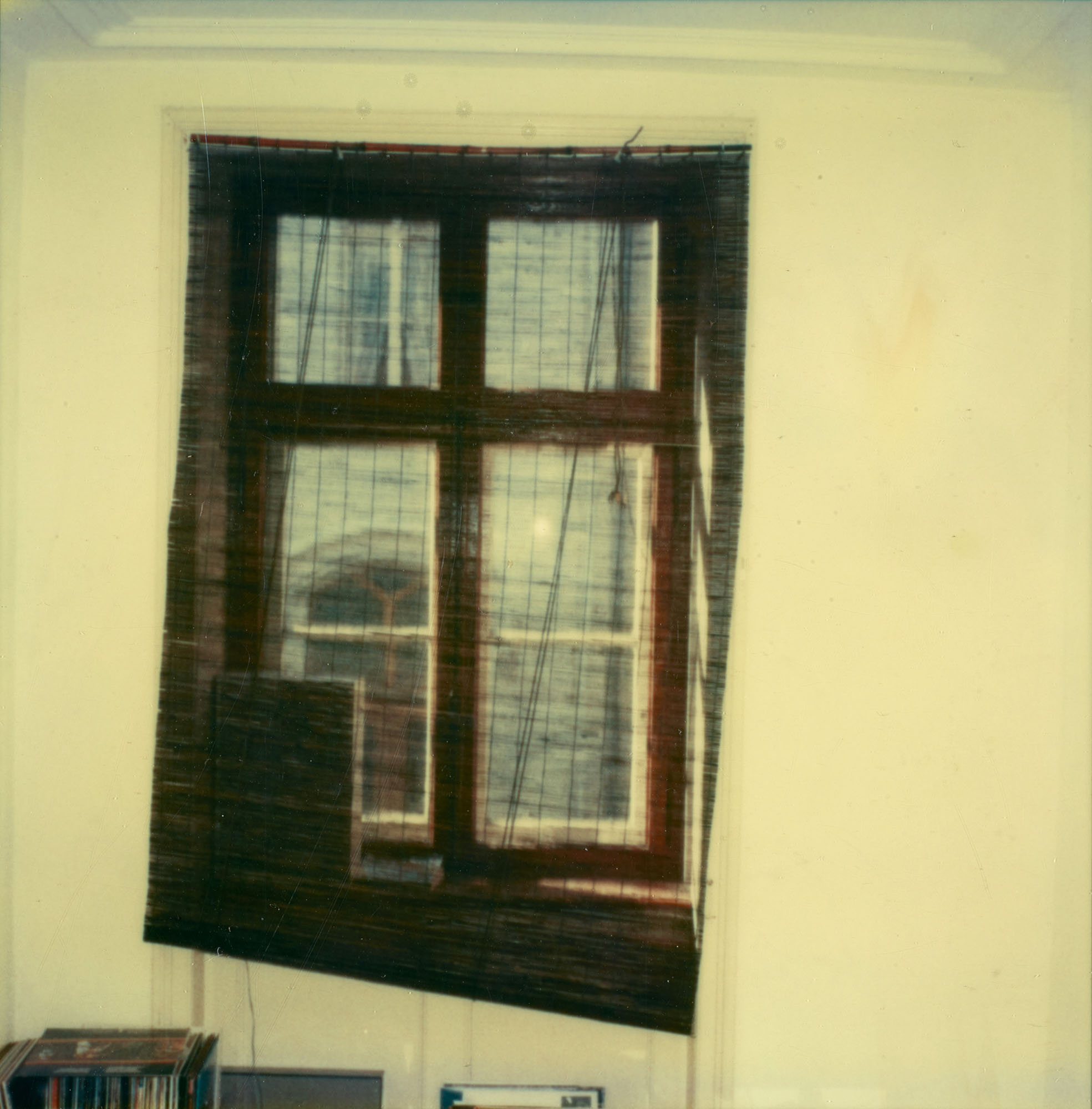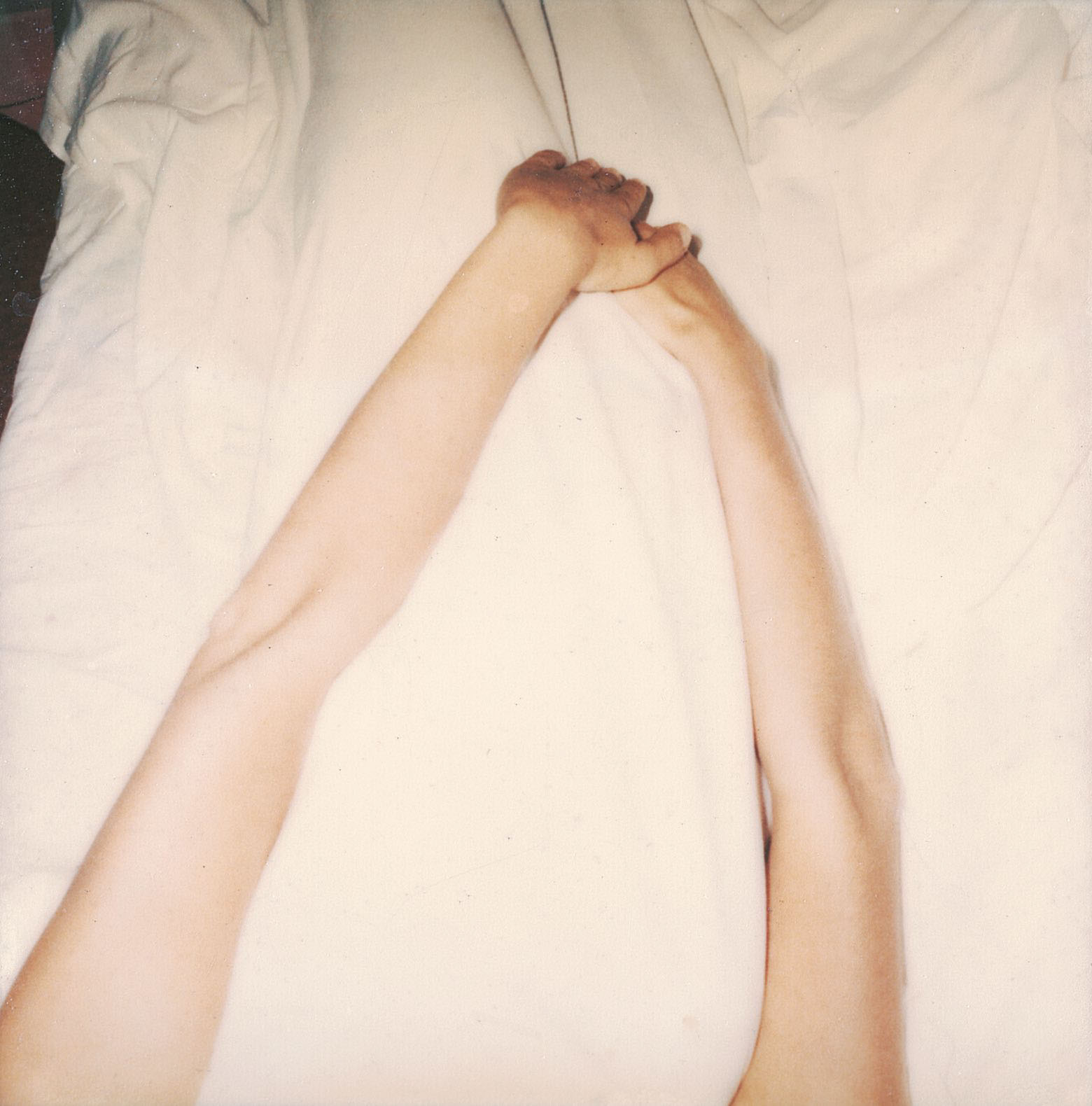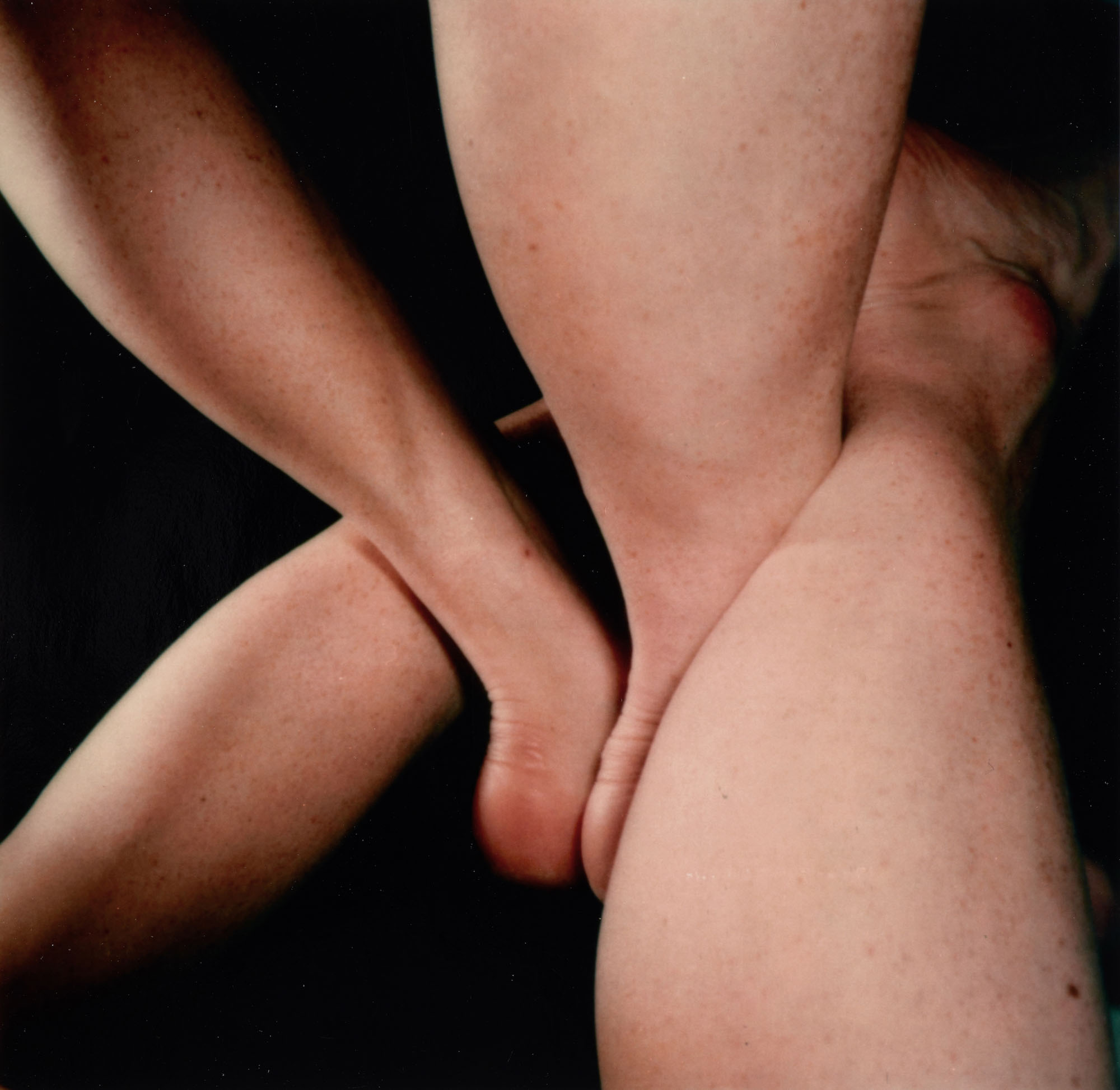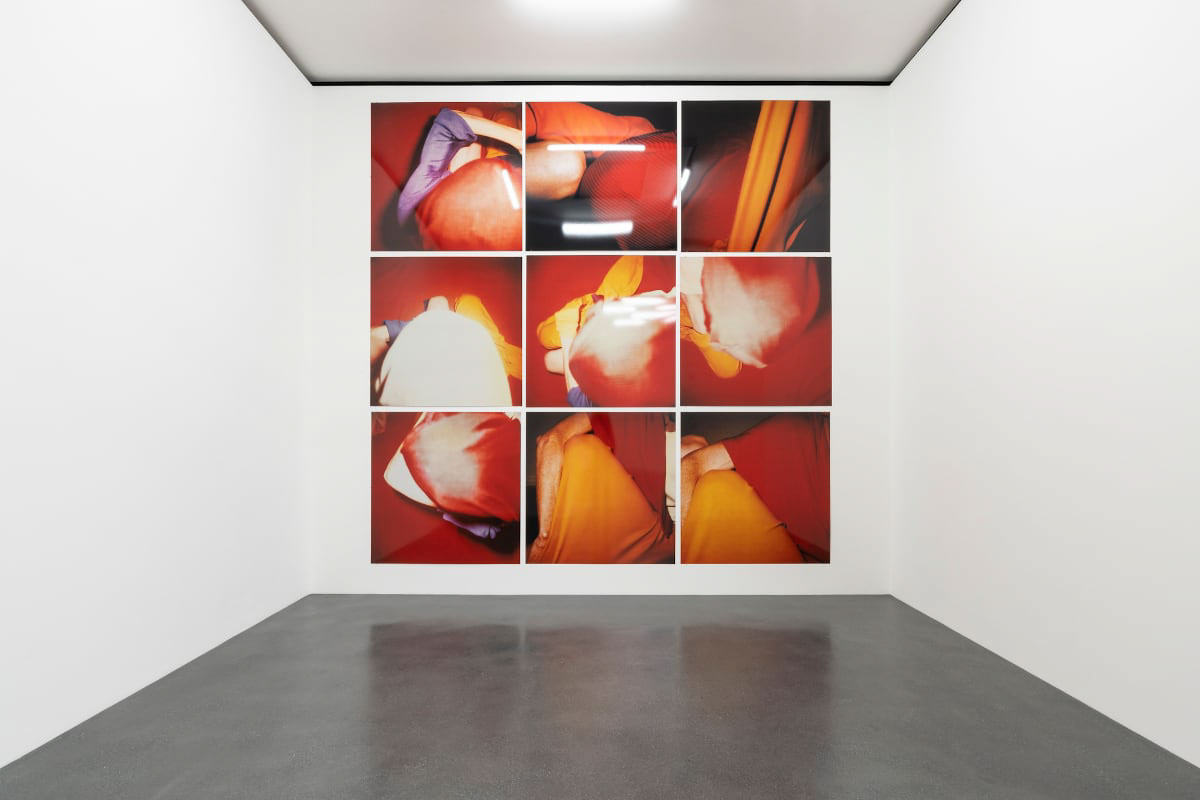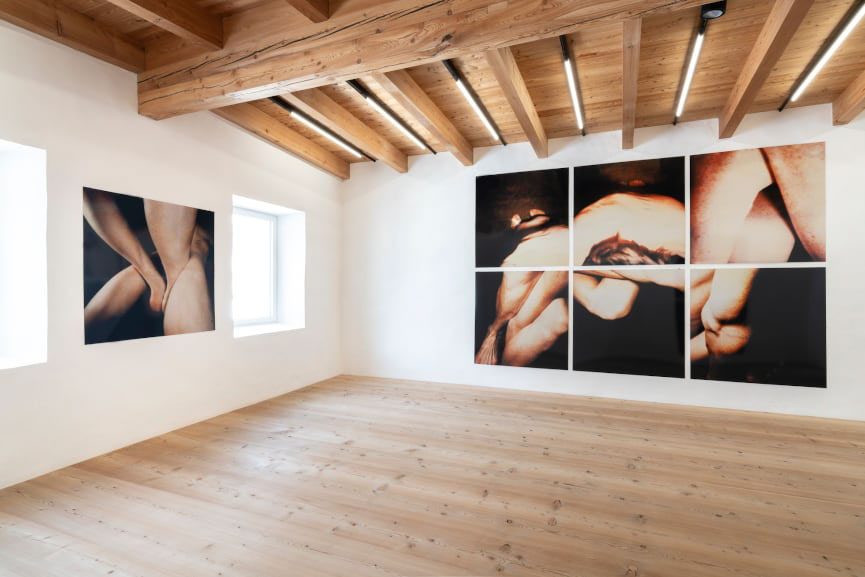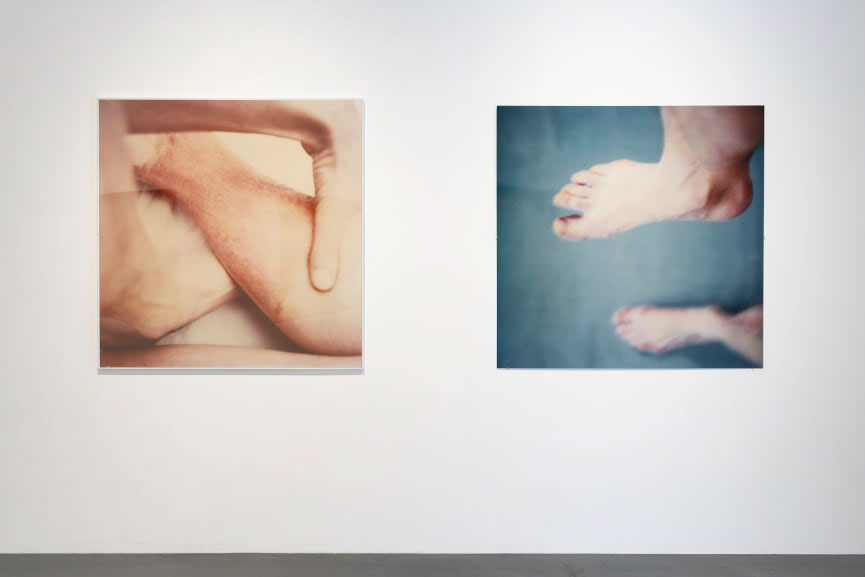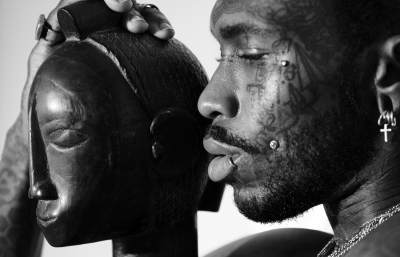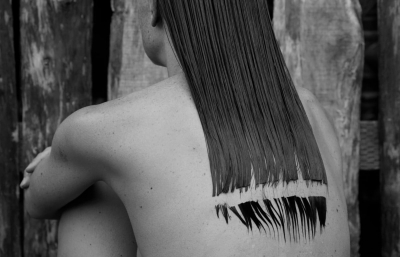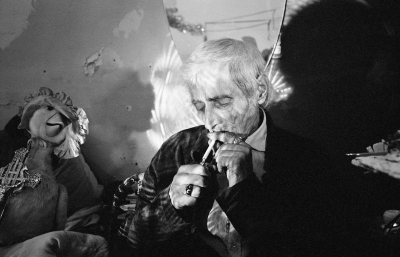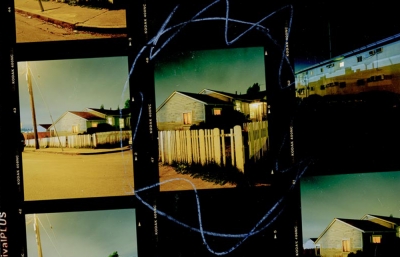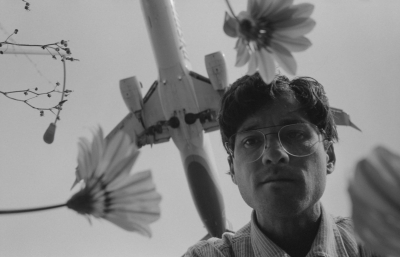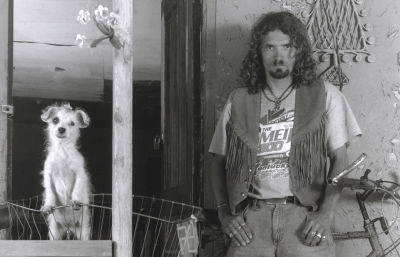Through her innovative use of photography to explore the human body, Swiss artist Hannah Villiger created a distinctive body of work that continues to captivate and inspire audiences. In Villiger's work, the skin – the setting where humans enter a dialogue with their environment – is the subject of questions of gender and ethnicity, as well as vulnerability and healing.
Muzeum Susch is currently hosting the largest presentation of Hannah Villiger's work in fifteen years, showcasing the artist's entire oeuvre, ranging from her drawings in the 1970s to the black-and-white photographs and Polaroid works she created from the 1980s onwards. Villiger's fragmentary close-ups of her own body, greatly enlarged via an internegative and mounted on aluminium, are presented both individually and assembled into space-related ensembles, resulting in limitless possibilities of spectacular views of the body.
The exhibition includes vintage prints, as well as individual works that have often remained unknown until now, and large-format assemblages known as "blocks," consisting of up to fifteen square picture panels. Some of these blocks will be on display for the first time at the Susch exhibition, making this a unique opportunity for visitors to experience the full scope of Villiger's artistic vision.
Despite Villiger's untimely death that brought her career to an abrupt end, her works remain highly relevant and continue to speak to contemporary audiences. Her exploration of the human body, its representation, and its relationship to the environment, as well as her commentary on issues of gender and ethnicity, vulnerability and healing, and the objectification of the body, are all topics that continue to be relevant today.

